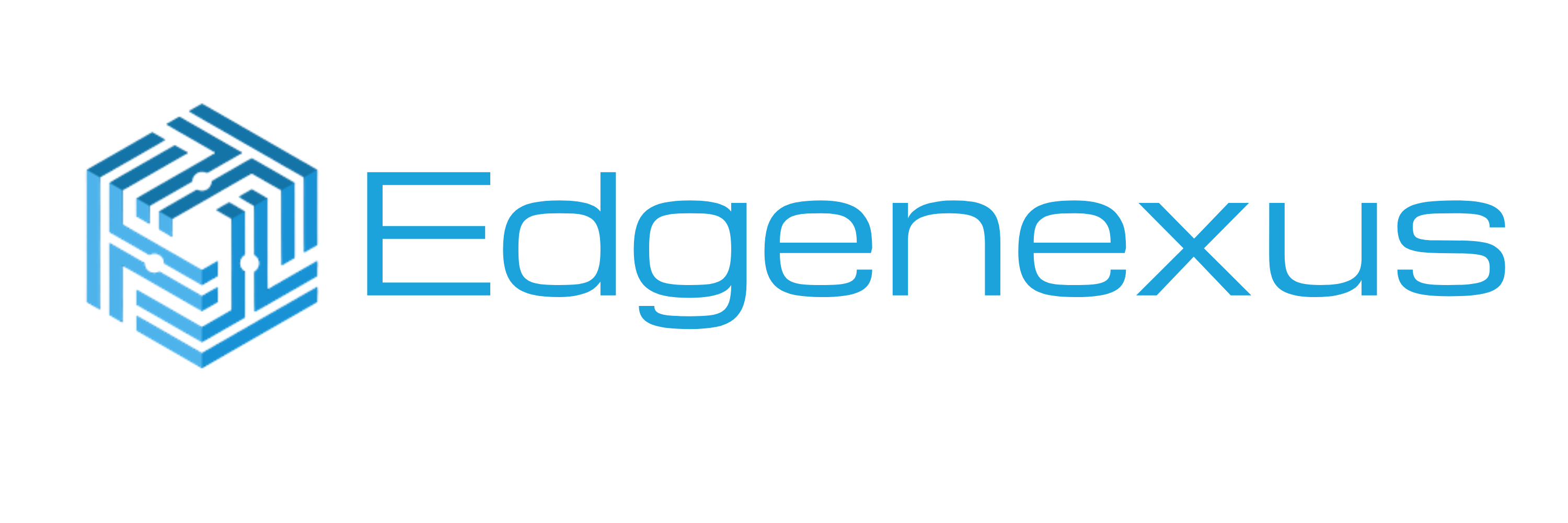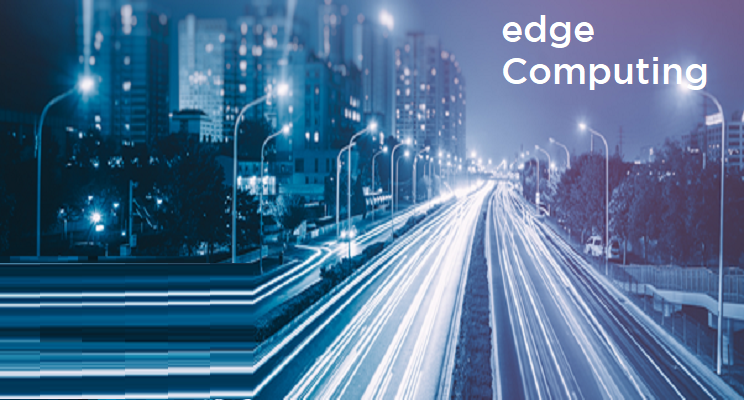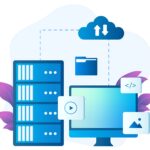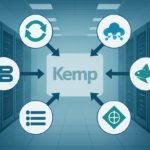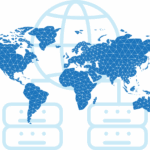Edge Computing – What is it, and why is it relevant for application delivery and IoT?
Edge Computing describes the provision of data processing further away from the centre of the network – literally at its edges. It’s a term often used to describe egress points to the network such as wireless access points and firewalls.
Alongside Cloud, Edge Computing is growing at a tremendous rate and many organisations such as HPE have developed hardware products such as the Edgeline range specifically for Edge computing use cases. These servers are hardened, and can run on factory floors as opposed to being restricted to temperature controlled data centre.
Many networks now operate across multiple clouds or a hybrid cloud approach, and with the emergence of IoT, traditional networking architecture will be challenged to support the billions of connections that IP devices will bring. We are just touching on the potential of IoT and are already seeing massive application and IT Security delivery challenges in the datacenter.
Security, analytics and application performance enhancements need to be pushed out from the network core to the edge – whether that edge is part of a traditional branch network or a multi-cloud application delivery architecture.
Data overload
The real question is, “Does the datacenter need all this information?” Does head office care that the printer in the Doncaster kitchen has been at 23 degrees and is normal for the last 100,000 readings? Does it really matter that the storeroom door has been in open status for the last 130,000 readings? The relevance might only be if that status changes.
Yes, we need big data and analytics but they must add value. If we are to support billions of IoT connections such as home smart meters, then the network needs to get smarter. Edge Computing is doing that – sorting, analysing and aggregating data in smaller chunks – further away from the network core.
Getting smart with Application Delivery Controller
Designed to deal with many simultaneous secure incoming connections, basic load balancing has been just one of the many features of a modern ADC device. Having always sat at the edge of the network, these products have long managed load balancing, securing, accelerating and routing application traffic. And because these devices are positioned on the network between users and applications, they are continually looked towards to deliver even more services than they already do.
The release of the new edgeNEXUS ADC, offers a platform for which applications can be securely delivered and scaled whilst abstracting underlying networks and infrastructure, allowing automated deployment and provisioning of customer and third party software directly onto the device.
Intelligent ADC
Although modern ADC is already equipped to assess traffic and make intelligent decisions on how to direct it – dropping a connection based on the url or request, or route a connection to the correct servers based on region, source or request – it has limited ability to analyse the message and traffic at a per application level for relevance.
edgeNEXUS not only provides traditional Load Balancing /ADC and security functions, but also more advanced data aggregation, routing and acceleration functionality, via applications deployed directly onto the device.
This allows the device to make more intelligent decisions to direct network traffic to different microservice products deployed on the same device that can take care of the data aggregation, prioritisation etc.
edgeNEXUS is a true Edge Computing platform and ADC
If you’d like to know more about Edge Computing and how we can help your business, get in touch here.
